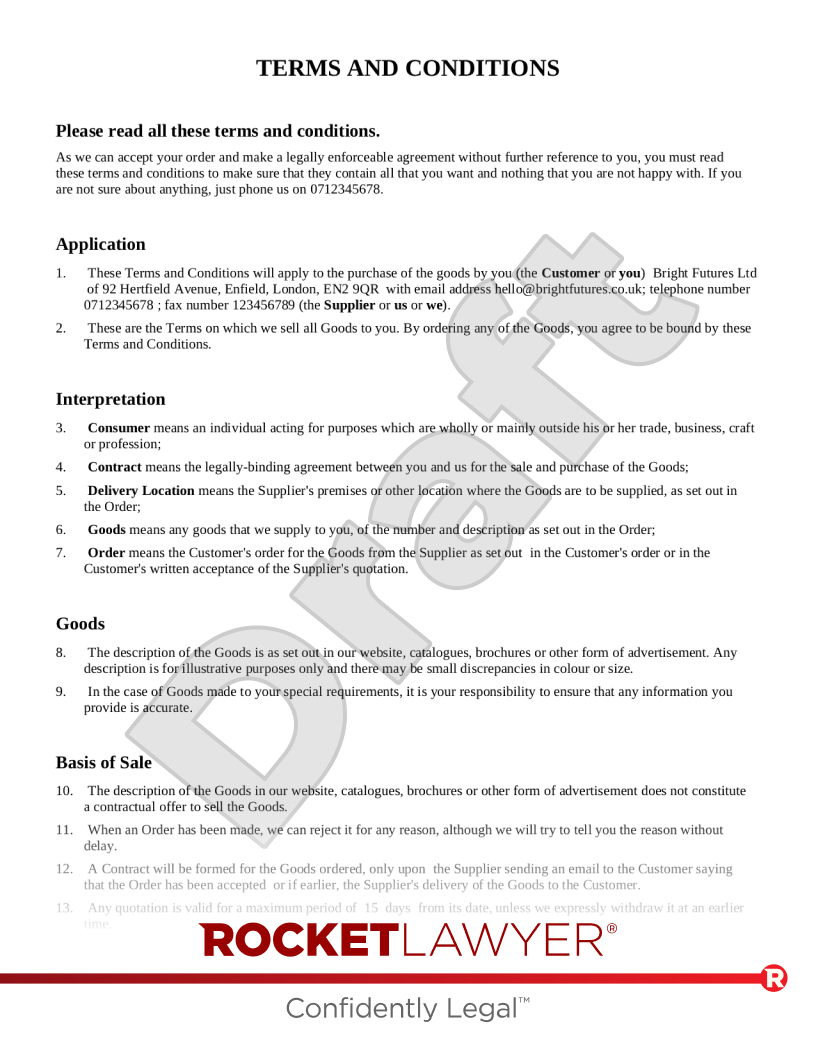Ways of using e-commerce
E-commerce includes the following:
Buying and selling: the transactional process of buying and selling over a website or via other electronic means. This includes order placement and confirmation, invoicing and payment, as well as matters relating to delivery of physical goods and the returns process.
Marketing: online marketing includes a variety of methods including email updates, social media campaigns and search engine optimisation (SEO).
Online customer service management process: this can help to streamline the procedure of dealing with post-sales enquiries or issues and is considered to be another aspect of e-commerce. It may consist of FAQs, help forums, online chat assistance or provide a ticketing system, which manages the communication between customer service representatives and the customers.
Elements of e-commerce
Unless you are trading using an online marketplace such as Amazon, creating an effective website which showcases your offerings will be the first step in creating a successful e-commerce business.
An online shopping cart is often needed to allow customers to select their orders, specify a delivery address and make a payment. This should also automatically create invoices which are emailed to the customer.
To enable online payment, you can choose to set up an internet merchant account, use a payment processing company, or take advantage of an existing marketplace such as eBay.
Types of e-commerce
Business to Consumer or B2C e-commerce involves the sale of products and services by companies to individuals. Although much of this includes traditional retail sales of physical goods (books etc), subscription services to various forms of media and entertainment channels are growing in importance.
Business to Business or B2B e-commerce involves the trading of a wide variety of goods and services for business purposes. B2B sales will often involve substantial volumes and regular orders.
Business to Government or B2G e-commerce concerns public sector procurement and generally web-based sales to government departments or other public sector bodies. Certain stages of tendering for major public sector contracts may be carried out online but the procurement process is also likely to involve 'offline' meetings before a deal is reached.
Consumer to Consumer or C2C e-commerce spans the range of online markets which cater for trading (primarily of goods) between private individuals. This form of e-commerce is typified in online auction sites such as eBay. The ease with which a virtual market stall can be set up often means that the lines between C2C and B2C become blurred.




